Ultrafine Develops Semi-automated Rig For Inspecting Hollow Shafts
2nd November 2010
Source:
Ultrafine Technology Ltd
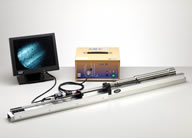
Inspecting the interior surfaces of metal shafts used in the aerospace industry for example is an important but time consuming task that is difficult to carry out manually. To overcome this problem, endoscope and video systems specialists Ultrafine Technology were commissioned by AgustaWestland to develop a semi-automated inspection rig based around Ultrafine's industrial endoscopes.
The system Ultrafine developed, which needed to be relatively inexpensive, consists of a metal inspection rig which allows the rigid endoscope to pass along the hollow centre of the shaft. A nylon holding block at the eyepiece end of the endoscope and another block at the entrance to the shaft ensure that the endoscope is kept central throughout its travel.
The endoscope has an ultraviolet light source for detecting minute defects using UV fluorescence. It can also be switched to a visible light source when required.
The shafts to be tested come in different lengths of up to 60cm, and have step changes in their internal and external diameters at several places along their length. This meant that the optics in the endoscope had to be adapted to provide the appropriate depths of field.
An accurate indication of the distance travelled by the endoscope into the shaft is provided by a simple measuring rod that moves along the outside of the shaft, and whose tip is used to read off the endoscope's position from a measuring rule attached to the outside of the rig.
A compass rose on the sliding mechanism holding the endoscope allows the operator to rotate the mirror tube on the endoscope through 360 degrees so that the whole of the internal surface can be inspected in four quadrants.
The image from the endoscope is displayed on a monitor, which has a video output allowing the whole inspection process to be recorded.
Custom design
By custom designing the rig, Ultrafine were able to overcome many of the inevitable compromises associated with buying an off the shelf system, even assuming one were available. The company was able to keep costs to a sensible level by the use of easily available components and materials.
Our ability to make the rig at a sensible price was a deciding factor in the project going ahead, said Ultrafine managing director John Patterson. The project was also a good opportunity to demonstrate our expertise in the inspection of interiors of difficult components.
Before the rig was developed, AgustaWestland was carrying out the inspections manually, but with less than satisfactory results as there was no way to keep the endoscope central. The new semi-automated system is therefore much more reliable, making it simple to ensure that nothing is missed. An added advantage is that it is simple to mark and record the positions of any defects found.
The Ultrafine rig is making a big difference and is saving us time and costs, said a senior AgustaWestland manufacturing technologist.
Although not required for this application, it would be possible for Ultrafine to motorise the system so that forward travel and rotation of the endoscope could be controlled remotely.
Other possible applications for the rig vary from inspection of the interiors of the thinnest components such as injector nozzles or turbine blades, up to critical hydraulic components a few metres long. These might be found in sectors such as aerospace, defence, general engineering and hydraulics.
The endoscope has an ultraviolet light source for detecting minute defects using UV fluorescence. It can also be switched to a visible light source when required.
The shafts to be tested come in different lengths of up to 60cm, and have step changes in their internal and external diameters at several places along their length. This meant that the optics in the endoscope had to be adapted to provide the appropriate depths of field.
An accurate indication of the distance travelled by the endoscope into the shaft is provided by a simple measuring rod that moves along the outside of the shaft, and whose tip is used to read off the endoscope's position from a measuring rule attached to the outside of the rig.
A compass rose on the sliding mechanism holding the endoscope allows the operator to rotate the mirror tube on the endoscope through 360 degrees so that the whole of the internal surface can be inspected in four quadrants.
The image from the endoscope is displayed on a monitor, which has a video output allowing the whole inspection process to be recorded.
Custom design
By custom designing the rig, Ultrafine were able to overcome many of the inevitable compromises associated with buying an off the shelf system, even assuming one were available. The company was able to keep costs to a sensible level by the use of easily available components and materials.
Our ability to make the rig at a sensible price was a deciding factor in the project going ahead, said Ultrafine managing director John Patterson. The project was also a good opportunity to demonstrate our expertise in the inspection of interiors of difficult components.
Before the rig was developed, AgustaWestland was carrying out the inspections manually, but with less than satisfactory results as there was no way to keep the endoscope central. The new semi-automated system is therefore much more reliable, making it simple to ensure that nothing is missed. An added advantage is that it is simple to mark and record the positions of any defects found.
The Ultrafine rig is making a big difference and is saving us time and costs, said a senior AgustaWestland manufacturing technologist.
Although not required for this application, it would be possible for Ultrafine to motorise the system so that forward travel and rotation of the endoscope could be controlled remotely.
Other possible applications for the rig vary from inspection of the interiors of the thinnest components such as injector nozzles or turbine blades, up to critical hydraulic components a few metres long. These might be found in sectors such as aerospace, defence, general engineering and hydraulics.
Similar articles
More from Ultrafine Technology Ltd
- UV video pole from Ultrafine enables fast inspection of long shafts 9th December 2011
- Mini videoscope from Ultrafine monitors confined spaces 13th September 2011
- Ultra bright UV light source launched by Ultrafine 21st July 2011
- Quick fit endoscope camera speeds image capture 9th March 2011

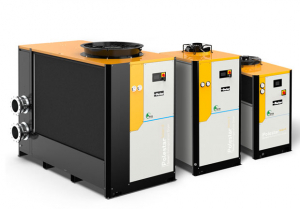
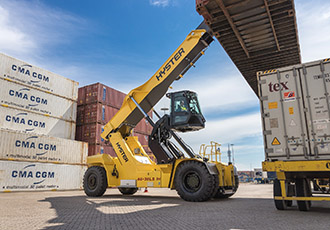
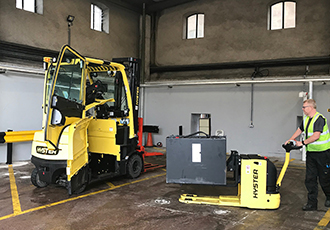
.jpg)
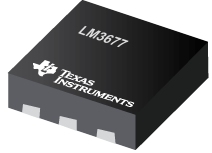

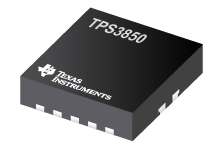
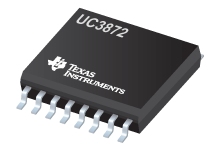
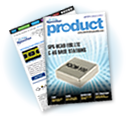
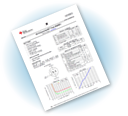

Write a comment
No comments